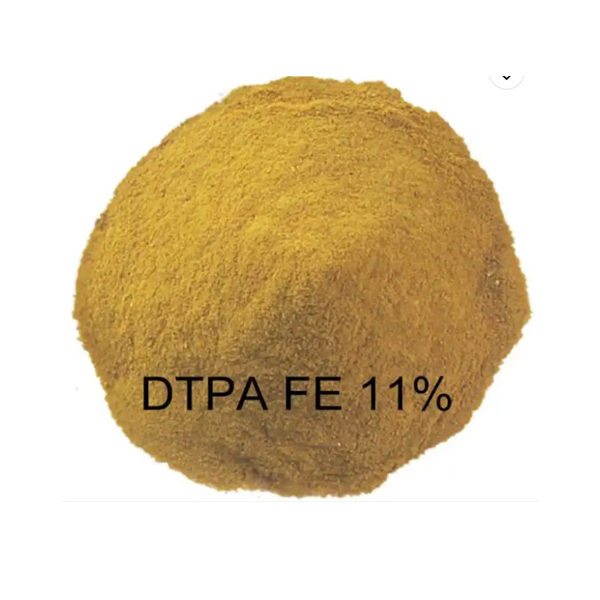
News
Lis . 13, 2024 04:39 Back to list
high quality chelated micronutrients for plants
High-Quality Chelated Micronutrients for Plants
In the realm of plant nutrition, the significance of micronutrients cannot be overstated. These essential elements, although required in minute quantities, play pivotal roles in various physiological processes in plants. However, the availability of these nutrients to plants can often be a challenge. This is where high-quality chelated micronutrients come into play, offering an efficient solution to enhance nutrient uptake and overall plant health.
Chelation is a chemical process where micronutrients are bonded with organic compounds, forming a stable complex that prevents the nutrients from reacting with other elements in the soil. This stabilization ensures that micronutrients remain soluble and accessible to plant roots, even in challenging soil conditions such as high pH levels, which can render many nutrients unavailable.
One of the most significant advantages of using chelated micronutrients is their improved bioavailability. Plants absorb nutrients primarily in ionic forms, and chelated micronutrients are designed to maintain this ionic state, ensuring that plants can efficiently absorb them. For example, chelated iron is a common solution to combat chlorosis—a condition where leaves turn yellow due to insufficient iron—allowing for better photosynthesis and overall vitality.
high quality chelated micronutrients for plants

High-quality chelated micronutrients typically consist of key elements such as iron, manganese, zinc, copper, molybdenum, and boron. Each of these micronutrients has specific functions. Iron, for instance, is crucial for chlorophyll production, while zinc plays a role in enzyme function and protein synthesis. Ensuring that plants have access to these essential elements can significantly boost their growth and productivity.
When selecting chelated micronutrients, it is vital to consider the source and the chelating agent used. Popular chelating agents include EDTA (ethylenediaminetetraacetic acid), DTPA (diethylenetriaminepentaacetic acid), and EDDHA (ethylenediamine-N,N'-bis(2-hydroxyphenylacetic acid)). Each agent has its own effectiveness depending on soil conditions and specific micronutrient needs. For instance, EDDHA is particularly effective in alkaline soils where iron availability is often low.
Moreover, integrating high-quality chelated micronutrients into a balanced fertilization program can lead to impressive results—enhanced plant vigor, increased resistance to diseases, and improved yields. Farmers and gardeners alike can witness a noticeable difference in their crops' health and productivity by prioritizing these micronutrients.
In conclusion, high-quality chelated micronutrients play an indispensable role in modern agriculture and horticulture. By ensuring optimal availability and uptake of essential micronutrients for plants, they facilitate robust growth, improved resistance to environmental stressors, and superior yields. As we advance in our understanding of plant nutrition, the adoption of chelated micronutrients will likely continue to grow, paving the way for sustainable practices and enhanced food production globally.
-
Polyaspartic Acid Salts in Agricultural Fertilizers: A Sustainable Solution
NewsJul.21,2025
-
OEM Chelating Agent Preservative Supplier & Manufacturer High-Quality Customized Solutions
NewsJul.08,2025
-
OEM Potassium Chelating Agent Manufacturer - Custom Potassium Oxalate & Citrate Solutions
NewsJul.08,2025
-
OEM Pentasodium DTPA Chelating Agent Supplier & Manufacturer High Purity & Cost-Effective Solutions
NewsJul.08,2025
-
High-Efficiency Chelated Trace Elements Fertilizer Bulk Supplier & Manufacturer Quotes
NewsJul.07,2025
-
High Quality K Formation for a Chelating Agent – Reliable Manufacturer & Supplier
NewsJul.07,2025
